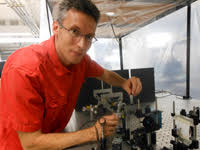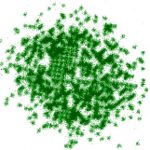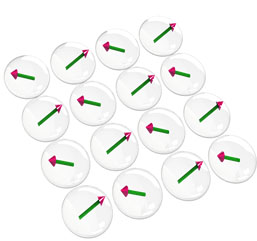The following message has been shared with students to promote preparation for spring 2018 registration:
Spartans like you are taking advantage of many resources during October’s Academic Success Month to help prepare for the future, starting with spring 2018 registration. Your fellow students are using online tools and attending a number of events to get a jumpstart on planning courses for next semester and beyond. You have access to these resources, too, to begin planning a 15-unit course load that will keep you on track for graduation.
Successful students will check their exact registration appointment in MySJSU on Oct. 24 to be ready when registration begins on Oct. 31. They also email advising questions in advance of their registration time to academic.advising@sjsu.edu
Students who use our MyGPS online tools prepare for the upcoming semester and beyond with resources that include: MyRoadmap (four year degree plans for all majors), MyProgess (shows what classes you have left in their degree), MyScheduler (allows you to plan classes around your outside commitments), and MyPlanner (maps out all the classes you need until graduation). http://www.sjsu.edu/mygps/
Other events Spartans will be attending include:
- Ask an Advisor: 10/16 – 10/19 from 11am – 3pm: Advising at tabling on 7th Street plaza
- One stop Pre-Registration Advising & Resource Fair: Advising Connections/Spartan Up: Wed, Oct. 25 between 10 a.m. to 2 p.m.:AS BBQ pits located between the AS house and the West Garage (Fourth Street). Lunch will be available between 11:30 a.m. to 1:30 p.m. or until the food is gone.)
Your fellow Spartans also take advantage of many resources to support their academic success all year long:
- The Advising Hub provides students with basic information to answer many of their academic advising questions. It also has links to connect students to the college student success centers, department advisors, and other locations for general advising.http://www.sjsu.edu/advising/
- The Tutoring Hub list all of the free tutoring resources available across SJSU’s campus. http://www.sjsu.edu/tutoring/
- The Mentoring Hub lists opportunities to connect with faculty/staff, students, and alumni. http://www.sjsu.edu/mentoring/
- There are numerous locations across campus who have frequent, free academic success workshops to support our students. http://www.sjsu.edu/tutoring/docs/index.html
- Success centers exist in all of the colleges offering a range of services such as advising, tutoring, and mentoring. http://www.sjsu.edu/sfs/advising/
- Peer Connections provides a variety of academic support through its mentoring, tutoring and workshops. Programs provided focus on holistic student development as well as content knowledge acquisition. http://peerconnections.sjsu.edu/
- The Writing Center offers free one on one tutoring, workshops, and online resources. http://www.sjsu.edu/writingcenter/
- The library has a range of services supporting student success including reservable study spaces, laptop loans; late-night tutoring; and online references for literature reviews, referencing, and plagiarism, etc. https://library.sjsu.edu/services/services
- The AEC supports our students in need of accommodations. Students should contact them to learn about their services and process to register with AEC. http://www.sjsu.edu/aec/
- The Career Center offers in-person career advising and workshops and a number of online resources on things like exploring a major and finding an internship. http://www.sjsu.edu/careercenter/
- Student Wellness and Counseling offer one on one counseling and health appointments, workshops on health and wellness, and online resources. Their site also links to access to food resources on and off campus. http://www.sjsu.edu/wellness/ ; http://www.sjsu.edu/counseling/
- SJSU Cares is an application through which students with in economic crisis can request support. http://www.sjsu.edu/studentaffairs/current_students/sjsucares/
- Get Involved links to all of SJSU registered student organizations and leadership opportunities and programming so students can connect to campus and become engaged. http://www.sjsu.edu/getinvolved/
Like many of your fellow Spartans, we hope you find the resources and activities available during October’s Academic Success Month to be helpful in planning your next semester at SJSU.






